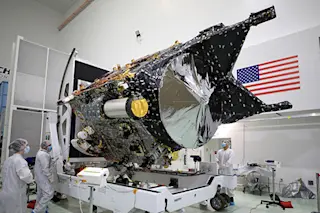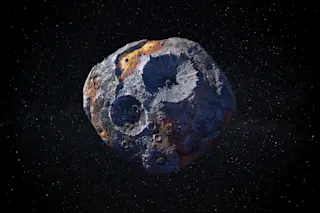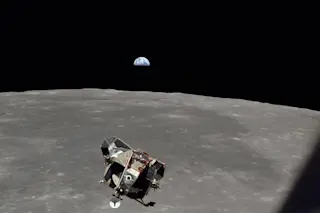Most CubeSats weigh less than a bowling ball, and some are small enough to hold in your hand. But the impact these instruments are having on space exploration is gigantic. CubeSats – miniature, agile, and cheap satellites – are revolutionizing how scientists study the cosmos.
A standard-size CubeSat is tiny, about 4 pounds (roughly 2 kilograms). Some are larger, maybe four times the standard size, but others weigh no more than a pound.
As a professor of electrical and computer engineering who works with new space technologies, I can tell you that CubeSats are a simpler and far less costly way to reach other worlds.
Rather than carry many instruments with a vast array of purposes, these Lilliputian-size satellites typically focus on a single, specific scientific goal – whether discovering exoplanets or measuring the size of an asteroid. They are affordable throughout the space community, even to small startup, private ...














